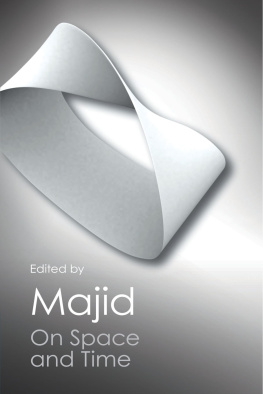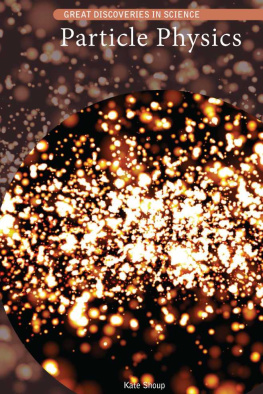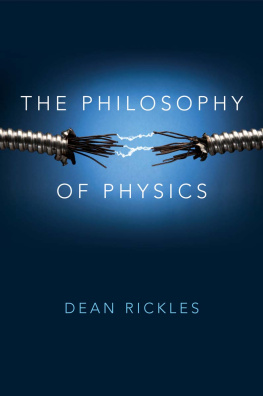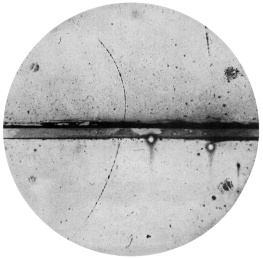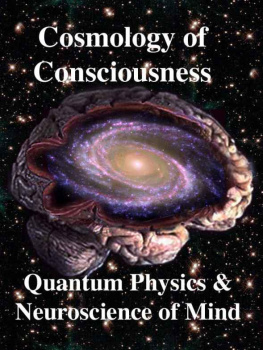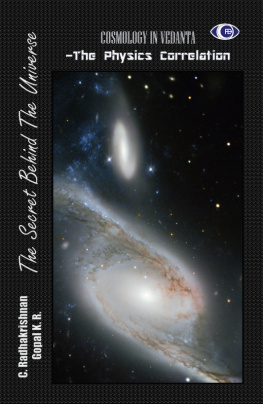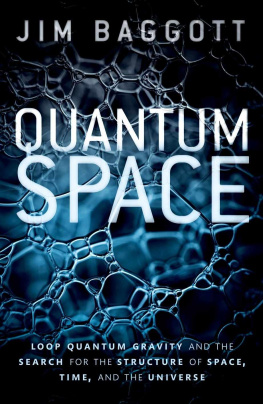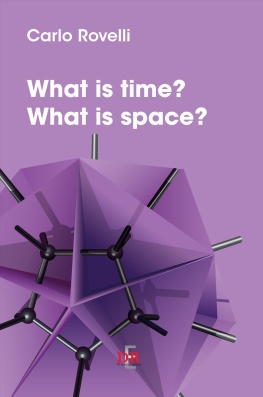On Space and Time
What is the true nature of space and time? These concepts are at the heart of science, and are often taken for granted even by practising scientists, but, as this volume explains, they remain deeply wrapped in enigma. Their structure at both the smallest pre-subatomic and the largest cosmological levels continues to defy modern physics and may require revolutionary new ideas for which science is still grasping.
This unique volume brings together world leaders in cosmology, particle physics, quantum gravity, mathematics, philosophy and theology, to provide fresh insights into the deep structure of space and time and its wider context. Andrew Taylor explains the evidence for dark matter and dark energy. Shahn Majid argues that space and time should be quantum. Roger Penrose explains what in his view comes before the Big Bang. Alain Connes argues that matter is geometry as a fine structure to spacetime. Michael Heller explores the philosophical and theological implications of spacetime. John Polkinghorne argues for a theory of how time unfolds.
In this book, experts offer in generally non technical language some distinctive perspectives on the fundamental mysteries and gaps in our grasp of physical reality... enlightening and fascinating to anyone with an enquiring mind who has ever wondered did time have a beginning?, is space infinite, why are there three dimensions? or does space have an atomic structure?
Martin Rees, Professor of Cosmology and Astrophysics, University of Cambridge, and author of Gravitys Fatal Attraction
On Space and Time
ALAIN CONNES, MICHAEL HELLER,
SHAHN MAJID, ROGER PENROSE,
JOHN POLKINGHORNE AND
ANDREW TAYLOR
Edited by
SHAHN MAJID

CAMBRIDGE UNIVERSITY PRESS
Cambridge, New York, Melbourne, Madrid, Cape Town, Singapore, So Paulo, Delhi
Cambridge University Press
The Edinburgh Building, Cambridge CB2 8RU, UK
Published in the United States of America by Cambridge University Press, New York
www.cambridge.org
Information on this title: www.cambridge.org/9781107641686
Cambridge University Press 2008
This publication is in copyright. Subject to statutory exception and to the provisions of relevant collective licensing agreements, no reproduction of any part may take place without the written permission of Cambridge University Press.
First published 2008
Third printing 2011
Canto Classics edition 2012
Printed in the United Kingdom at the University Press, Cambridge
A catalogue record for this publication is available from the British Library
Library of Congress Cataloguing in Publication data
On space and time / Alain Connes... [et al.] ; edited by Shahn Majid.
p. cm.
Includes index.
ISBN 978-0-521-88926-1 (hardback)
1. Space and time. I. Connes, Alain. II. Majid, Shahn. III. Title.
QC173.59.S65O49 2008
523.1 dc22 2008013428
ISBN 978-1-107-64168-6 hardback
Cambridge University Press has no responsibility for the persistence or accuracy of URLs for external or third-party internet websites referred to in this publication, and does not guarantee that any content on such websites is, or will remain, accurate or appropriate.
Absolute, true, and mathematical time, of itself, and from its own nature, flows equably without relation to anything external
Isaac Newton
Already the distance-concept is logically arbitrary; there need be no things that correspond to it, even approximately
Albert Einstein
The future of our space and time / Is not gonna wither and die / The future of our space and time / Is not gonna say good-bye
Vanessa Paradis/Lenny Kravitz
Contents
ANDREW TAYLOR
SHAHN MAJID
ROGER PENROSE
ALAIN CONNES
MICHAEL HELLER
JOHN POLKINGHORNE
About the authors

| Alain Connes holds the chair in Analysis and Geometry at the College de France and is Professor at the IHES in Paris and at Vanderbilt University in the USA. Awarded a Fields Medal in 1982 and the Crafoord Prize in 2002, he has pioneered the field of noncommutative geometry and its diverse applications in pure mathematics and physics. He is author of a major textbook in the field and numerous research articles. |

| Michael Heller is Professor of Philosophy at the Pontifical Academy of Theology in Cracow, Poland, and an adjunct member of the Vatican Observatory staff. An ordained Roman Catholic priest, he is author of numerous books and research articles on cosmology, philosophy and theology. |

| Shahn Majid is Professor of Mathematics at Queen Mary, University of London. Trained as a theoretical physicist and mathematician at Cambridge and Harvard, he helped pioneer the theory of quantum symmetry in the 1980s and 1990s. He is author of two textbooks in the field and numerous research articles. |

| Sir Roger Penrose is Emeritus Rouse Ball Professor of Mathematics at the University of Oxford. Awarded the 1988 Wolf Prize jointly with Stephen Hawking, he discovered twistor theory in the 1970s and has numerous other results from tilings to astrophysics and quantum theory. Popular books such as The Emperors New Mind have presented his ideas about the human mind and the relationships between mathematics and physics. |

| John Polkinghorne KBE is a renowned Anglican theologian and former president of Queens College, Cambridge, with a previous career as a leading particle physicist at the University of Cambridge in the 1960s and 1970s. Awarded the Templeton Prize in 2002, he is author of numerous books and research articles on physics and on theology. |

| Andrew Taylor is Professor of Astrophysics at the University of Edinburgh. He has made many major contributions to the field of cosmology, especially imaging the distribution of dark matter, studying the nature of dark energy and investigating the initial conditions of the Universe. He lives in Edinburgh with his wife and son. |
Preface
What can more than two thousand years of human thought and several hundred years of hard science tell us finally about the true nature of space and time? This is the question that the philosopher Jeremy Butterfield and I posed to a unique panel of top mathematicians, physicists and theologians in a public discussion that took place at Emmanuel College, Cambridge in September 2006, and this is the book that grew out of that event. All four other panellists, myself and the astronomer Andy Taylor who spoke at a related workshop, now present our personal but passionately held insights in rather more depth.
The first thing that can be said is we do not honestly know the true nature of space and time. Therefore this book is not about selling a particular theory but rather it provides six refreshingly diverse points of view from which the reader can see that the topic is very much as alive today as it was at the time of St Augustine or of Newton or of Einstein. Our goal is not only to expose to the modern public revolutionary ideas at the cutting edge of theoretical physics, mathematics and astronomy but to expose that there is a debate to be had in the first place and at all levels, including a wider human context. Moreover, the reader will find here essays from leading figures unconstrained by peer pressure, fashion or dogma. These are views formed not today or yesterday but in each case over a scientific lifetime of study. So what I think this volume offers is six particularly coherent visions of lasting value at a time when serious thought on this topic is in a state of flux.
Next page
